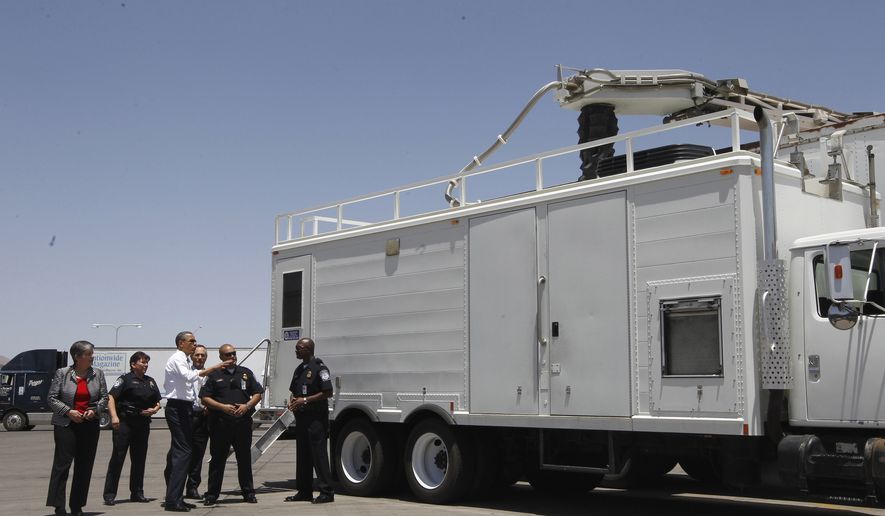The Department of Homeland Security wasted as much as $49 million a year maintaining vehicles that were hardly or never used by the agency, a report by inspector general found.
Fifty-nine percent of DHS’ vehicles were driven less than 12,000 miles a year, yet remained in the department’s inventory.
Of the three inter-agencies examined in the federal audit — U.S. Customs and Border Protection, U.S. Immigration and Customs Enforcement and the National Protection and Programs Directorate — 59 percent of their vehicles were underused, the report found. DHS consists of 11 different components or departments, but only three were audited in fiscal 2012, of which the report is based.
The majority of the underused vehicles within these three departments — 86 percent — stayed in the department’s fiscal 2013 inventory, though according to DHS’s own protocol, they should’ve been disposed of or reassigned, the IG found.
“For reporting on its its vehicle inventory, DHS must rely on multiple sources of information containing missing, unsupported, and conflicting vehicle data from the components,” said the IG report released Tuesday. “For these reasons, DHS cannot ensure its vehicle fleet composition is cost efficient, complies with departmental requirements, and has the correct number of motor vehicles to accomplish its mission.”
DHS has a central fleet manager, but that person doesn’t have the enforcement authority to manage the department’s subdivisions, each which are equipped with their own operational budget, making their own independent decisions about their car fleet, the IG report said. DHS doesn’t have a centralized fleet management system, but relies on data from multiple systems to cobble together its vehicle inventory and fulfillment requests.
In the audit, 39 percent of vehicle identification numbers weren’t supported by proof of ownership, and 54 percent had multiple acquisition dates, or none at all. In the records obtained, monthly lease costs were omitted and mileage data was missing, the report found.
“It is important to acknowledge that DHS and its components have taken several additional steps since FY 2012 to improve fleet management programs and ensure fleets are right-sized,” wrote Jim Crumpacker, director of the DHS Departmental GAO-OIG liaison office, in response to the audit.
Mr. Crumpacker said the agency was implementing the two recommendations posed by the IG to better manage its fleet.
DHS has the second-largest motor fleet in the federal government, owning or leasing 56,000 vehicles with an operating cost of about $534 million annually.
• Kelly Riddell can be reached at kriddell@washingtontimes.com.




Please read our comment policy before commenting.